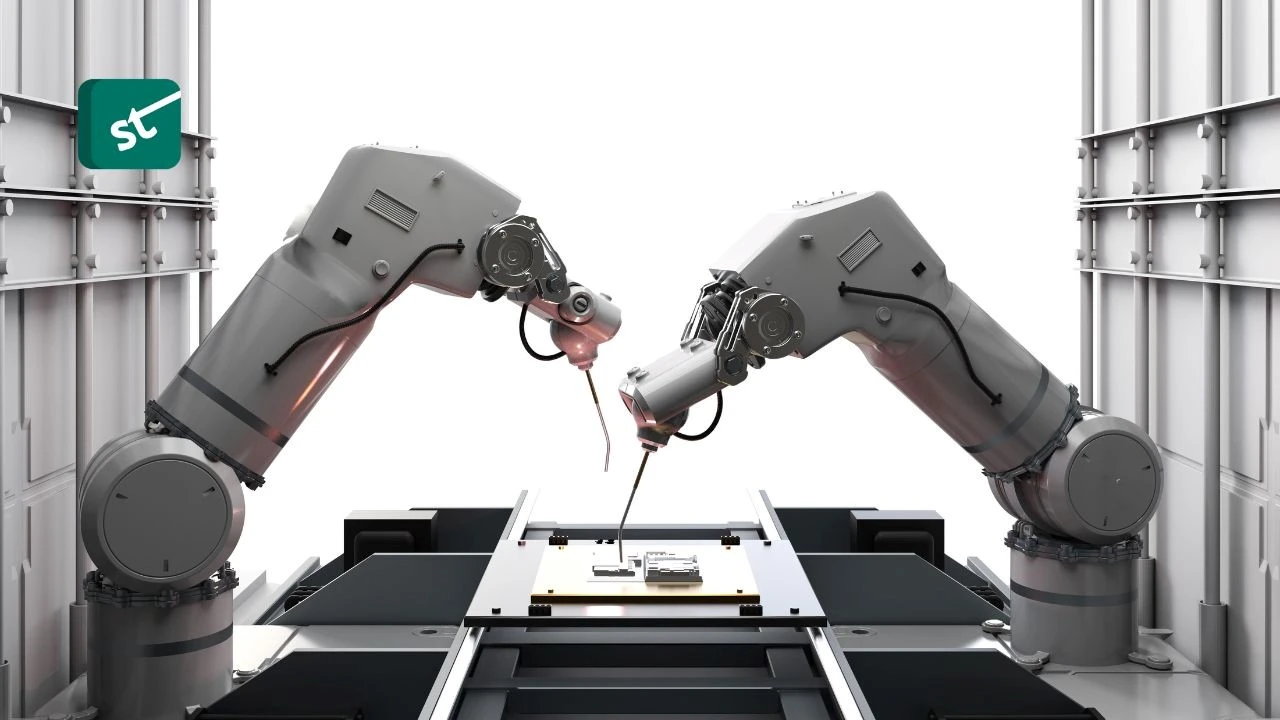Intel Corporation (NASDAQ: INTC) experienced a dramatic downturn in premarket trading on Friday, following a dismal performance in Thursday’s regular session. The stock tumbled by 5.5% during regular hours and plunged an additional 25% in premarket trading, dropping from nearly $31 to below $22. This decline has driven the company’s shares back to levels not seen since the early 2000s, highlighting severe investor concerns.

Intel Plunge Reflects Deepening Struggles
The latest drop follows Intel’s disappointing second-quarter earnings report and a bleak profit forecast. The chipmaker’s adjusted profit came in at just 2 cents per share, far below Wall Street’s expectation of 10 cents. Revenue also fell slightly by 1.15% to $12.8 billion. Intel’s struggles have been exacerbated by bloated inventories and significant losses in its foundry division, attributed to outdated production methods. These factors have contributed to the stock’s near 40% drop this year.
Declining Confidence
Intel’s CEO, Pat Gelsinger, has described the company’s current restructuring as “some of the most consequential changes in our company’s history.” The company is now navigating a dual challenge: scaling its AI-focused chip production and expanding its contract chip-foundry business under the Biden administration’s Chips Act. Despite these efforts, the company faces difficulties managing both fronts effectively. The company’s plans include reducing its global workforce by 15%, amounting to over 15,000 jobs, and suspending its quarterly dividend.
In terms of future outlook, Intel’s guidance for the current quarter suggests revenue between $12.5 billion and $13.5 billion, falling short of the LSEG forecast of $14.35 billion. While certain technologies, such as RibbonFET and Gaudi 3, hold promise for future revenue, the immediate challenges remain significant. The third and fourth quarters could offer some relief with seasonal upticks in PC sales, but the road ahead is fraught with uncertainty.
Conclusion
Intel’s premarket plunge underscores a critical juncture for the company, with its turnaround efforts facing intense scrutiny. Investors will be watching closely to see if the company can stabilize and capitalize on its upcoming product innovations and market opportunities.









